Closed-back headphones are a popular choice for many listeners, but what makes them special? These headphones have solid earcups that seal around your ears, creating a private listening space. This design is perfect for anyone who wants to block out the world and immerse themselves in sound, whether you’re at home, in the office, or on the go. Let’s explore why they might be the right choice for you.
What Exactly are Closed-Back Headphones?
Closed-back headphones are defined by their non-perforated, solid outer shells. Think of them as two small, sealed rooms for your ears. This design prevents sound from escaping out and stops most outside noise from getting in.
This physical barrier is what provides their signature sound isolation. The main goal of a closed-back design is to isolate you from your environment, and your environment from your music. This makes them fundamentally different from open-back headphones, which have perforated earcups that allow air and sound to pass through freely.
Understanding the basic differences can help you make a better choice for your needs.
| Feature | Closed-Back Headphones | Open-Back Headphones |
|---|---|---|
| Sound Isolation | High | Low |
| Sound Leakage | Minimal | High |
| Best Use Case | Public spaces, recording, office | Quiet home listening |
Enjoy Your Personal Sound Bubble with Superior Isolation
The number one reason people choose closed-back headphones is for noise isolation. The sealed earcups can passively reduce ambient noise by around 10 decibels (dB), which is enough to muffle the sound of a busy office or public transit.
This creates a personal listening bubble, allowing you to get lost in your music, podcast, or audiobook without distractions. You can focus on the details of the audio without having to turn the volume up to dangerous levels to drown out background noise.
Furthermore, this isolation works both ways. Because the sound is trapped inside the earcup, you won’t disturb people around you. This makes them ideal for libraries, shared workspaces, or commuting next to someone on a bus or train.
Find Your Perfect Pair with Ease
Closed-back headphones dominate the consumer market, which is great news for you. This means you have an endless variety of options to choose from, no matter your budget or style preference.
Whether you are looking for something small and portable or a large, premium set for home use, there is a closed-back model for you. This wide availability ensures that you can find a pair that fits your specific needs.
You can find great options from numerous manufacturers in a range of styles:
- Over-ear models for maximum comfort and isolation.
- On-ear models for a more compact and portable design.
- Wireless and wired options to suit your lifestyle.
- Budget-friendly to high-end audiophile choices.
This accessibility makes it simple for anyone to get started with a quality pair of headphones without having to search too hard.
Designed for Comfort During Long Listening Sessions
Manufacturers know that you might be wearing your headphones for hours at a time. Because of this, many closed-back headphones are designed with comfort as a top priority. They often feature plush earpads made from memory foam or leatherette and have padded headbands to reduce pressure on your head.
Many models are also lightweight and can be folded into a compact size, making them perfect for travel. You can easily slip them into your backpack or carry-on bag without them taking up much space or adding significant weight.
The Ultimate Tool for Focus and Concentration
The excellent sound isolation is a huge benefit for anyone who needs to concentrate. Audio professionals, such as sound engineers and music producers, often rely on closed-back headphones to hear every tiny detail in a mix without being disturbed by outside sounds. This allows them to identify and fix imperfections that might otherwise be missed.
But this benefit isn’t just for professionals. Students studying in a noisy dorm, remote workers in a busy household, or anyone trying to focus in a distracting environment can use closed-back headphones to create a zone of concentration.
Why They are a Must-Have for Recording
If you’re a musician, podcaster, or streamer, closed-back headphones are an essential piece of gear. When you’re recording with a microphone, you need to hear your own voice or instrument, but you can’t let that sound leak out of your headphones and into the mic.
This phenomenon, known as “headphone bleed” or “spill,” can ruin an otherwise perfect recording. Closed-back headphones prevent sound from leaking out, ensuring that the microphone only captures your intended audio source. This results in a cleaner, more professional-sounding recording.
This is a non-negotiable feature for any serious recording artist or content creator working with microphones.
Frequently Asked Questions about Closed-Back Headphones
What is the main advantage of closed-back headphones?
The biggest advantage is sound isolation. They block out external noise, allowing you to focus on your audio, and also prevent your music from leaking out and disturbing others around you.
Are closed-back headphones better than open-back?
Neither is “better,” they are just different tools for different jobs. Closed-back headphones are best for noisy environments, recording, and private listening, while open-back headphones are preferred by some audiophiles for their wider, more natural sound in quiet rooms.
Can I use closed-back headphones for gaming?
Yes, they are a great choice for gaming. The sound isolation helps you immerse yourself in the game world and hear important audio cues, while the lack of sound leak ensures you don’t disturb others in your home.
Do closed-back headphones make your ears hot?
Because they create a seal around your ears, they can trap heat, which may cause your ears to feel warm or sweaty during very long listening sessions. However, many modern designs use breathable materials to help minimize this issue.
Are all closed-back headphones good at noise cancellation?
Closed-back headphones provide passive noise isolation due to their physical design. This is different from active noise cancellation (ANC), which is an electronic feature that listens to and cancels out ambient sound. While all closed-back headphones isolate sound, not all have ANC technology.

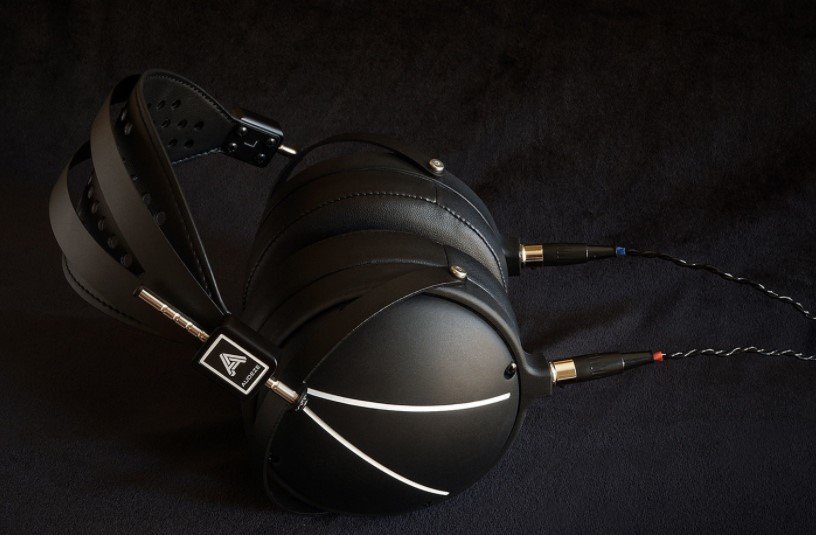
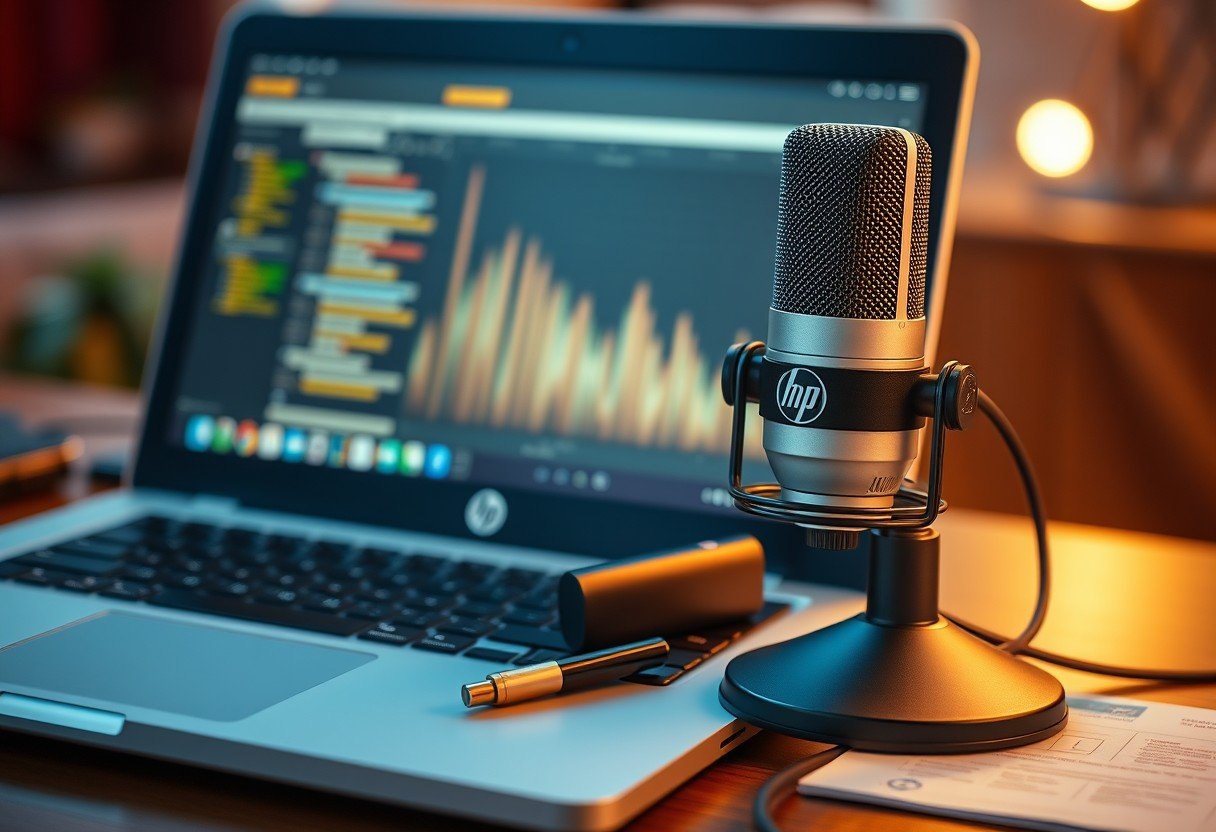



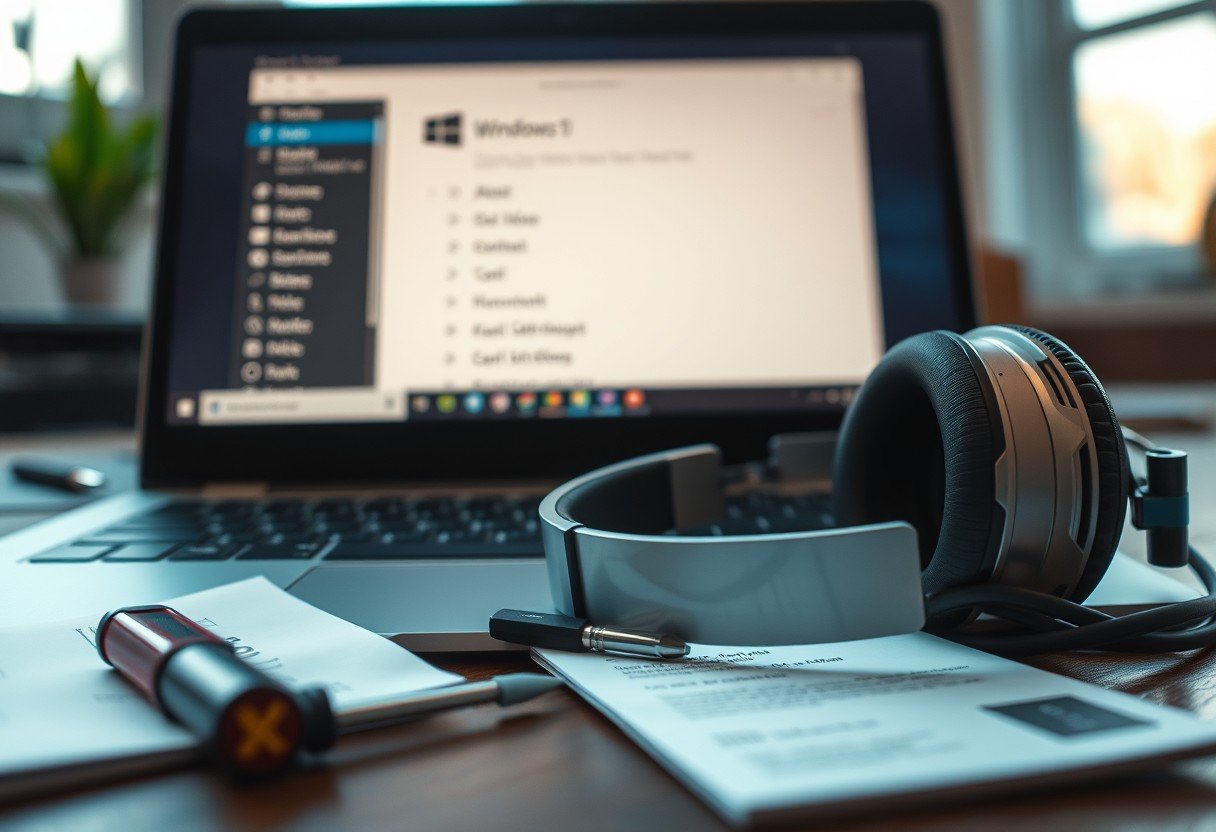
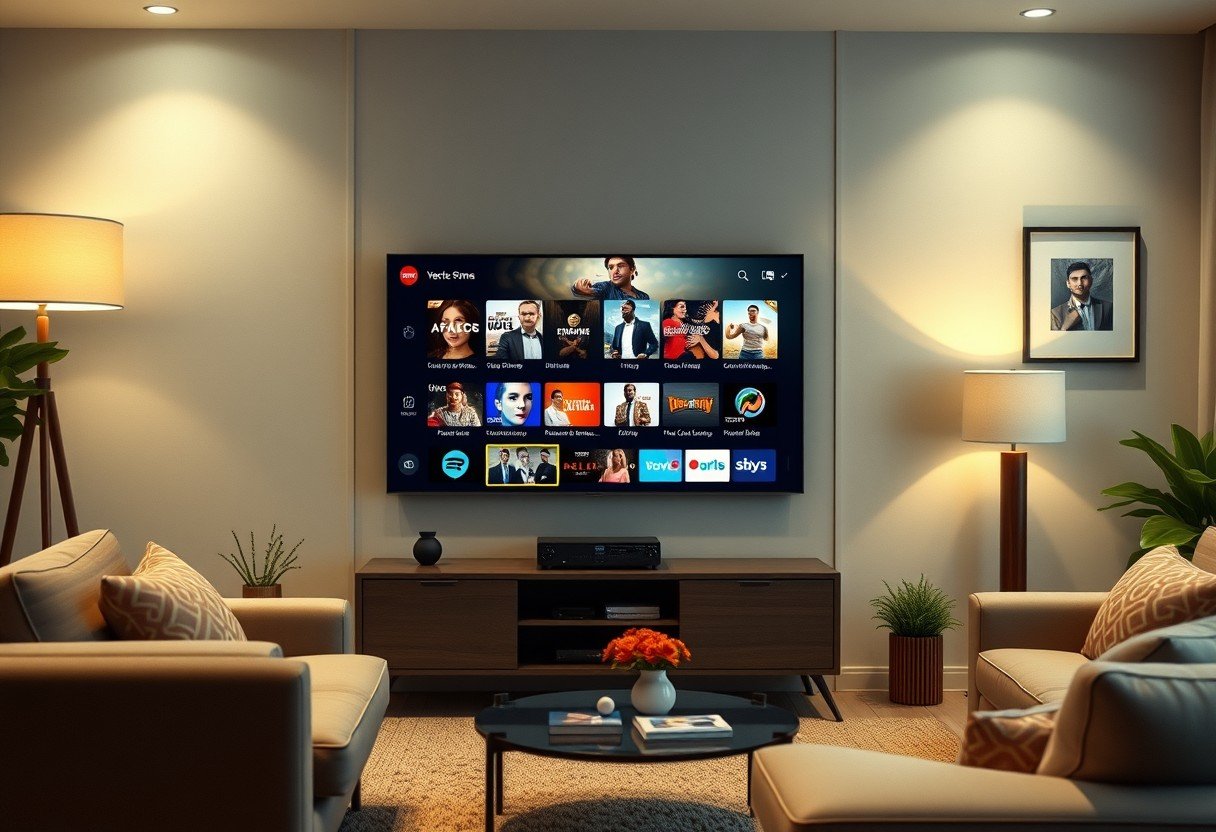
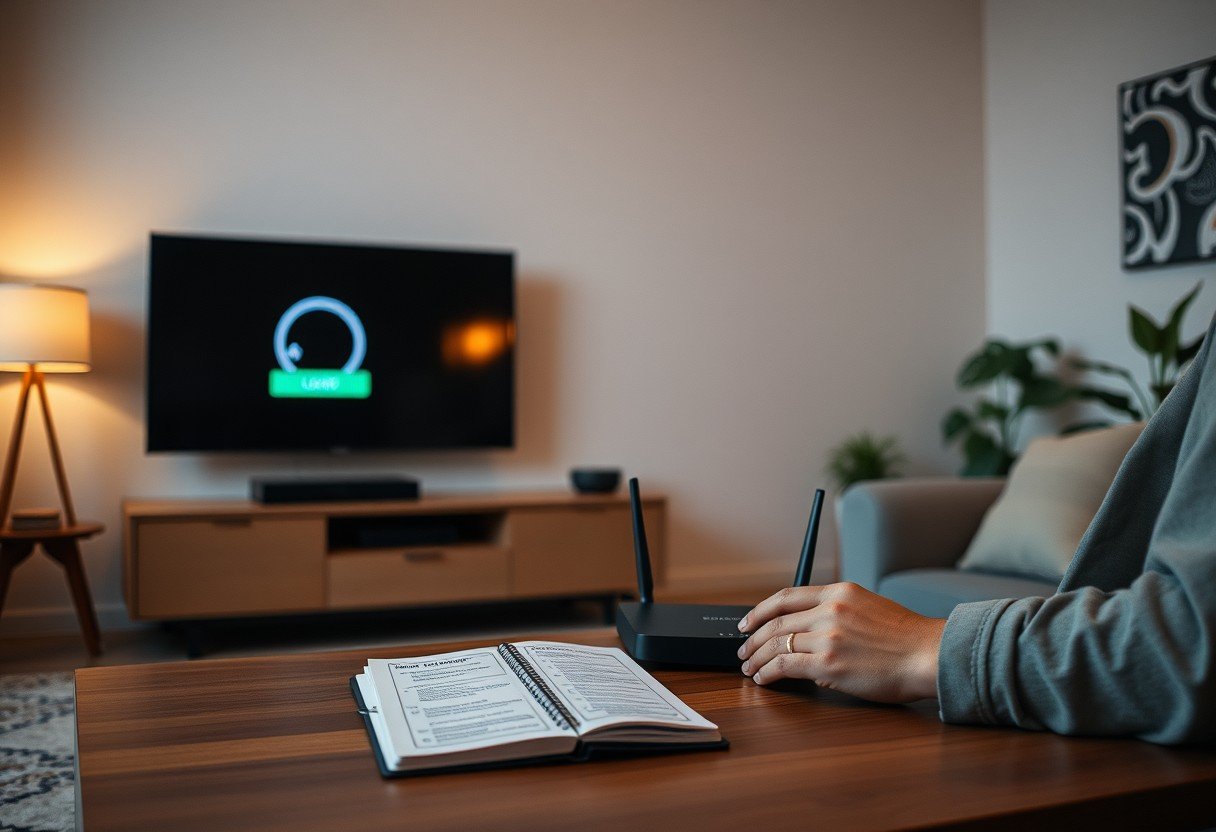
Leave a Comment